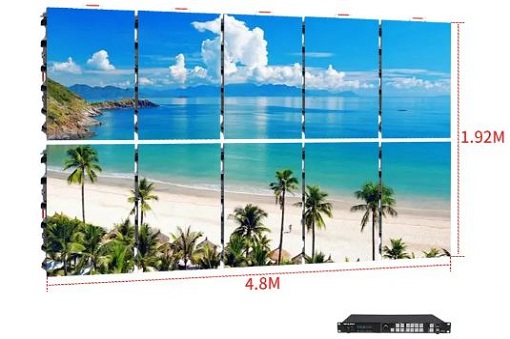SMD stands for Surface Mount Device and refers to electronic components intended for mounting directly on printed circuit boards (PCB). SMD technology has become a staple component in modern electronics applications and increasingly replaces through hole technology in many instances. Here is an in-depth exploration of what SMD stands for, its components, benefits and applications.
Understanding SMD Technology
Surface Mount Technology (SMT) involves attaching electronic components directly onto PCB surfaces using Surface-Mount Devices, with small metal leads or terminals capable of being soldered directly onto them – no drilling of holes through boards is needed!
1. Passive Components of Surface Mount Devices Its mess Resistors can be small rectangular components with two terminals and two terminals whereas capacitors come in various varieties such as ceramic, tantalum or electrolytic that serve energy storage/filtering applications consequently.
Surface Mount Inductors: Surface-mount inductors can help filtering and energy storage more effectively than their through-hole counterparts, due to being smaller and lighter.
2. Active Components: Transistors are commonly used for switching and amplifying in circuits; SMD transistors offer higher performance. Diodes (including LEDs ) serve to rectify, switch and signalize in electronic systems.
Integrated Circuits (ICs): SMD ICs encompass an expansive variety of functionality, encompassing micro controllers, processors and memory chips among others.
3. Electra Mechanical Components:
Connectors and switches (SMD and otherwise) provide interoperability between system parts. Switches provide user inputs or signal routing functionality and SMD switches can help manage user authentication or signal aggregation.
1. Size and Weight Reduction: Surface Mount Device (SMD) components tend to be significantly smaller and lighter than through-hole components, providing more space and portability in modern electronics devices. This reduction of size and weight makes SMD components ideal for space constrained environments like smartphones.
2. Improved Performance: SMD components feature shorter leads that lower inductance and resistance in circuits, leading to improved performance at high frequencies.
3. Automated Assembly: SMD technology facilitates fast-tracked automated assembly processes that place thousands of components per hour by machines – drastically cutting manufacturing time and costs in half!
4. Increased Component Density: Surface Mount Device (SMD) technology can allow for an increase in component density on PCB boards, meaning more functionality can be packed into smaller spaces – ideal for smartphones and wearable devices.
5. Reliability: Surface-mount components tend to offer superior thermal performance as well as resistance against vibration and mechanical strain, increasing device reliability.
Consumer Electronics: Smartphones, tablets, laptops and televisions all rely heavily on SMD Screens for compactness and performance.
2. Automotive Industry: Modern vehicles utilize numerous electronic control units (ECUs) requiring reliable components from SMD.
3. Telecommunications: Network equipment such as routers, switches and mobile phones utilize SMD for high-speed data processing and transmission.
4. Medical Devices: Miniaturization and reliability are integral features for SMD components in medical devices like pacemakers or diagnostic equipment, making their use an essential feature of clinical use.
5. Industrial Automation: SMD components have become the industry standard due to their small size and durability, providing control systems with reliable equipment that meets industry-wide automation demands.
Challenges and Considerations for Reducing Cost of Operations in Europe
1. Thermal Management: With higher component densities and heat dissipation needs becoming ever more significant to ensure device longevity and performance, thermal management becomes ever more essential in protecting device lifespan and efficacy.
2. Repair-ability: Due to their smaller sizes, SMD components can be more challenging to repair or replace than through-hole components.
3. Design Complexity: PCB design for Surface Mount Devices requires precision and an understanding of high frequency behaviors, adding complexity to the design process.
4. Initial Set-up Costs: Machinery designed for automating assembly and inspection of SMD components can represent an initial financial outlay that should not be overlooked.
Conclusion
Surface Mount Device technology represents an incredible advancement in electronic manufacturing, offering numerous advantages including size reduction, enhanced performance and cost-efficient production. Adopting SMD has revolutionized electronics production allowing modern, compact yet high performance devices. While SMD poses some unique challenges when applied to electronics design and production environments, its many benefits continue to fuel innovation and efficiency for improved design efficiency in electronics design and manufacture.

